Cerevas | Tablet | 10 pcs
৳ 40.30
Brand Name: Cerevas Tablet
Generic: Vinpocetine
5 mg
Manufacturer: Square Pharmaceuticals Ltd.
Unit Price: ৳ 4.03 (50’s pack: ৳ 201.50)
Indications
All forms of acute and chronic cerebral circulatory insufficiency: TIA (Transient Ischaemic Attack), reversible ischaemic neurological deficiency, progressive stroke, completed stroke, post-apoplectic conditions, multiinfarct dementia, cerebral arteriosclerosis, post-traumatic, hypertensive encephalopathy etc.
For the reduction of psychic or neurological symptoms of cerebral insufficiency (e.g., memory disturbances, dizziness, headache, aphasia, apraxia, locomotor disorders etc.).
Ophthalmology: It can be used for the treatment of vascular disorders of the choroid and retina due to arteriosclerosis, vasospasm, macular degeneration, arterial or venous thrombosis or embolism, and glaucoma secondary to the above mentioned disorders.
Otology: For the treatment of impaired hearing of vascular or toxic (iatrogenic) origin, presbyacusis, Meniere’s disease, cochleovestibular neuritis, tinnitus and dizziness of labyrinth origin. For the treatment of vasovegetative symptoms of climacteric syndrome.
For the treatment of vasovegetative symptoms of climacteric syndrome.
Therapeutic Class
Pharmacology
Vinpocetine increases cerebral metabolism; it increases glucose and O2 consumption; improves cerebral hypoxia tolerance; shifts glucose metabolism to the energetically more favourable aerobic pathway, but it increases the anaerobic pathway as well; it elevates the ATP concentration and the ATP/AMP ratio in the brain, and elevates the cerebral norepinephrine, dopamine and serotonin levels.
Vinpocetine considerably improves cerebral microcirculation by inhibiting platelet aggregation, reducing the pathologically increased blood viscosity, and increases erythrocyte deformability. It also promotes O2 transport into the tissues by reducing the O2 affinity of erythrocytes.
It selectively and intensely increases cerebral blood flow and the share of the brain in cardiac output, it reduces cerebral vascular resistance without affecting systemic circulation (blood pressure, heart rate, cardiac output, total peripheral resistance). It does not elicit steal phenomenon; on the contrary, it primarily improves the blood supply of the injured and ischaemic area while it remains unchanged in the intact areas (inverse steal effect). It further increases blood flow which is already increased as a result of hypoxia.
Dosage & Administration
Interaction
Contraindications
Side Effects
Pregnancy & Lactation
Precautions & Warnings
Storage Conditions
| Generic Name | Vinpocetine |
|---|---|
| Size | 5 mg |
Only logged in customers who have purchased this product may leave a review.


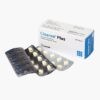
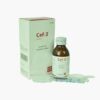

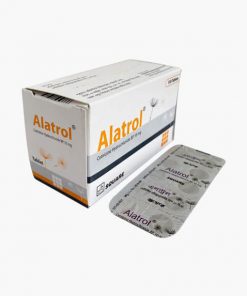
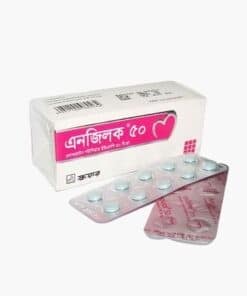

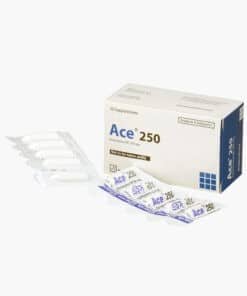
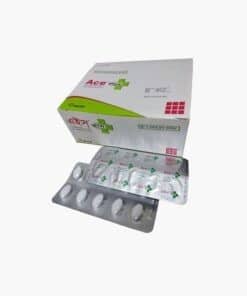
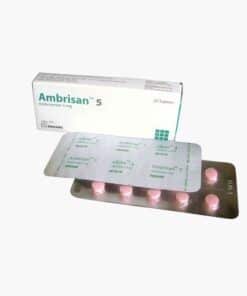
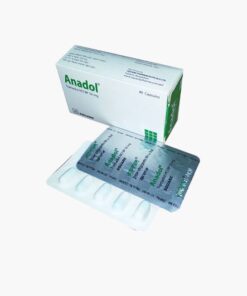
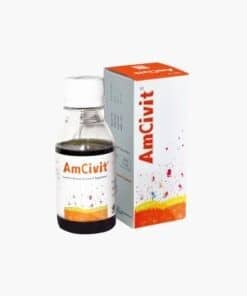
Reviews
There are no reviews yet.